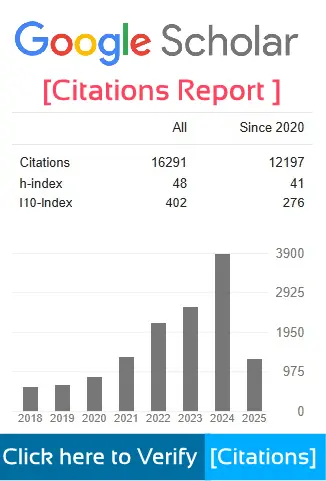- Download 30
- File Size 643.22 KB
- File Count 1
- Create Date 26/07/2024
- Last Updated 26/07/2024
Usage of Artificial Neural Network in Space Operations
Hitesh Chaudhari
MBA Student
KCC ITM, Noida 201310
Introduction
Artificial Neural Networks (ANNs) represent a transformative technology in the realm of space operations, leveraging computational models inspired by the complex neural networks of the human brain. These networks excel in processing vast amounts of data, identifying intricate patterns, and making informed decisions, thereby revolutionizing how we manage and optimize various aspects of space missions.
In the dynamic and challenging environment of space exploration and satellite technology, ANNs find application across a broad spectrum of critical tasks. One key area is mission planning and scheduling, where ANNs analyze historical mission data, weather patterns, satellite orbits, and other relevant factors to optimize launch windows and adjust schedules in response to real-time changes. This capability not only enhances mission success rates but also maximizes operational efficiency by ensuring that resources are deployed effectively.
Moreover, ANNs play a pivotal role in enhancing satellite communication systems. By processing and analyzing signals, ANNs improve data transmission efficiency, reduce noise, and predict signal degradation, thereby ensuring reliable and uninterrupted communication between spacecraft and ground stations. This capability is crucial for maintaining constant connectivity and monitoring mission-critical data in real time.
In the realm of autonomous navigation and control, ANNs enable spacecraft, rovers, and satellites to operate autonomously by learning from sensor data and making real-time decisions. This capability allows for adaptive trajectory adjustments, obstacle avoidance, and optimal resource management without constant human intervention, thereby enhancing operational flexibility and responsiveness.
Additionally, ANNs contribute significantly to space weather forecasting by predicting solar flares, geomagnetic storms, and radiation levels that can impact satellite operations and astronaut safety. By providing early warnings and predictive insights, ANNs enable proactive measures to safeguard spacecraft and mitigate potential risks associated with space weather events.
Furthermore, ANNs are instrumental in image and data analysis, facilitating the classification of objects, detection of anomalies, and extraction of meaningful insights from vast volumes of satellite imagery and scientific data. This capability supports scientific research, exploration, and decision-making processes by providing valuable information about celestial bodies, environmental changes, and other phenomena observed during space missions.
In the domain of crew support systems, ANNs assist in monitoring astronaut health, predicting medical conditions, and providing real-time feedback on physiological data collected during space missions. This capability enhances crew safety and well-being by enabling timely intervention and medical assistance in challenging and remote environments.
Overall, the versatile applications of ANNs in space operations underscore their pivotal role in advancing space exploration, satellite technology, and scientific discovery. By harnessing the power of neural networks, space agencies and researchers can continue to push the boundaries of innovation, efficiency, and safety in the quest to explore and understand the cosmos.








